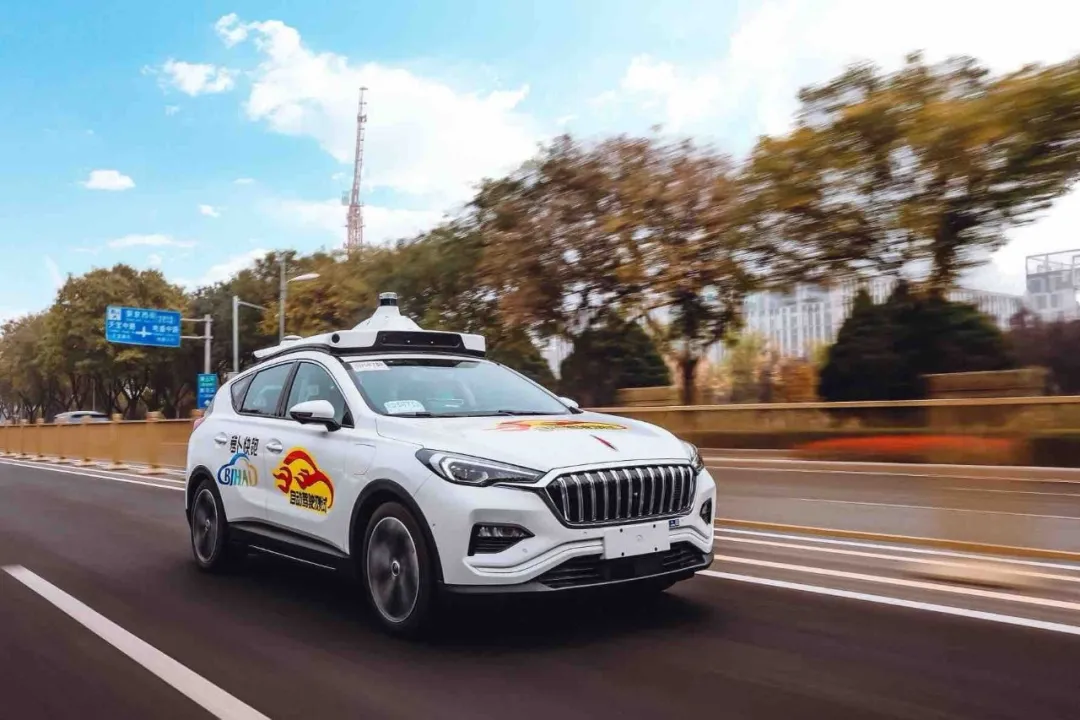Reviewing the Xinghuo Cup Smart Street Light Weaving Perception Network, Accurately Drawing Unmanned Driving Marching Maps!
Release time:
2024-12-06
Autonomous driving technology plays a crucial role in transforming residents' travel patterns and reshaping urban transportation and lifestyle patterns.
Autonomous driving technology plays a crucial role in transforming residents' travel patterns and reshaping urban transportation and lifestyle patterns.

Autonomous driving originated in the 1920s, when radio control technology gave birth to its initial concept. People attempted to remotely control the steering and speed of cars, but only for experimental demonstrations. In the mid-20th century, military demand was strongly driven, such as the need for remotely controlled vehicles to perform reconnaissance and other tasks in hazardous environments such as nuclear radiation.
Nowadays, autonomous driving technology is developing rapidly. Many car dealers and technology companies have actively researched and developed, and road testing and trial operation have been carried out in some regions. For example, Baidu's Apollo Go has achieved remarkable results in Wuhan. China has established multiple national level intelligent connected vehicle testing zones and issued a large number of testing licenses. On a technical level, sensors, computer vision, and other technologies continue to improve, but still face challenges such as technological maturity and regulatory development.

Autonomous driving is widely used in military, transportation, logistics, industry and other fields. Militarily, drones, unmanned combat vehicles, and ships are used for reconnaissance, combat, transportation, etc. to improve efficiency and reduce personnel risks; Transportation includes unmanned vehicles such as buses, taxis, and private cars to improve the travel experience and efficiency; Long distance freight and distribution vehicles in logistics transportation can reduce costs and improve efficiency; The industrial sector, such as ports and mining operations, is achieving automation, and many applications are reshaping the industry landscape and facilitating daily life.
The streetlight poles on the road are key communication nodes for autonomous vehicles, and the installation of 5G and other equipment can stably and quickly transmit data. The position of the lamp post is fixed and can serve as an auxiliary reference point for high-precision positioning.
In terms of environmental perception, it can assist in high-precision positioning. Installing sensors such as cameras and radars can expand the perception range and also serve as environmental reference points. Integrated charging facilities for lamp posts, convenient for charging unmanned electric vehicles. Traffic signal lights interact with vehicle control systems to achieve "green wave traffic" through vehicle road coordination. In special circumstances, temporary traffic control information can be transmitted, and in emergency situations, instructions can be given to guide vehicles to a safe place. Data collection devices can also be installed to detect weather and traffic flow.

In the smart city concept visual film released in 2021, Spark Group broke through the limitations of traditional lighting and used smart light poles as carriers to build an intelligent perception network for urban roads, taking the lead in future transportation changes and becoming an emerging force in promoting the development of intelligent transportation.
Starfire Group is no longer limited to the basic lighting function of lamp posts in the field of autonomous driving, but actively explores deep integration with autonomous driving technology. Integrate laser radar, cameras, etc. on the lamp post to extend vehicle perception. Build an intelligent communication platform with built-in modules such as 5G to ensure data transmission and traffic dispatch. We also design charging facilities to alleviate the range anxiety of electric vehicles.
Autonomous driving technology significantly improves urban transportation efficiency, optimizes traffic flow, achieves 24-hour uninterrupted logistics and passenger transportation, reduces congestion, improves urban space utilization, reduces parking demand, streamlines road layout, and, combined with new energy, can also reduce exhaust emissions and improve air quality. At the same time, it will promote intelligent travel services, transform residents' travel modes, enhance the overall safety, efficiency, and sustainability of urban operations, inject strong impetus into the modernization development of cities, and reshape urban transportation and living patterns.
Top News



